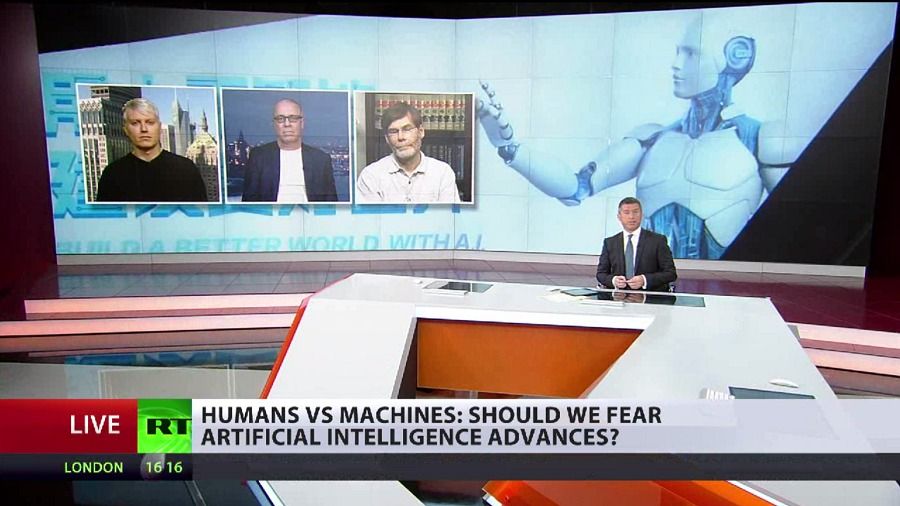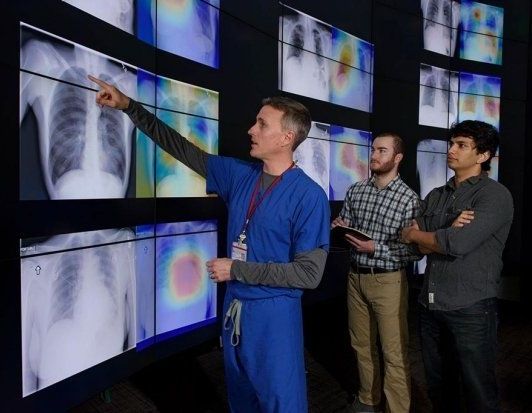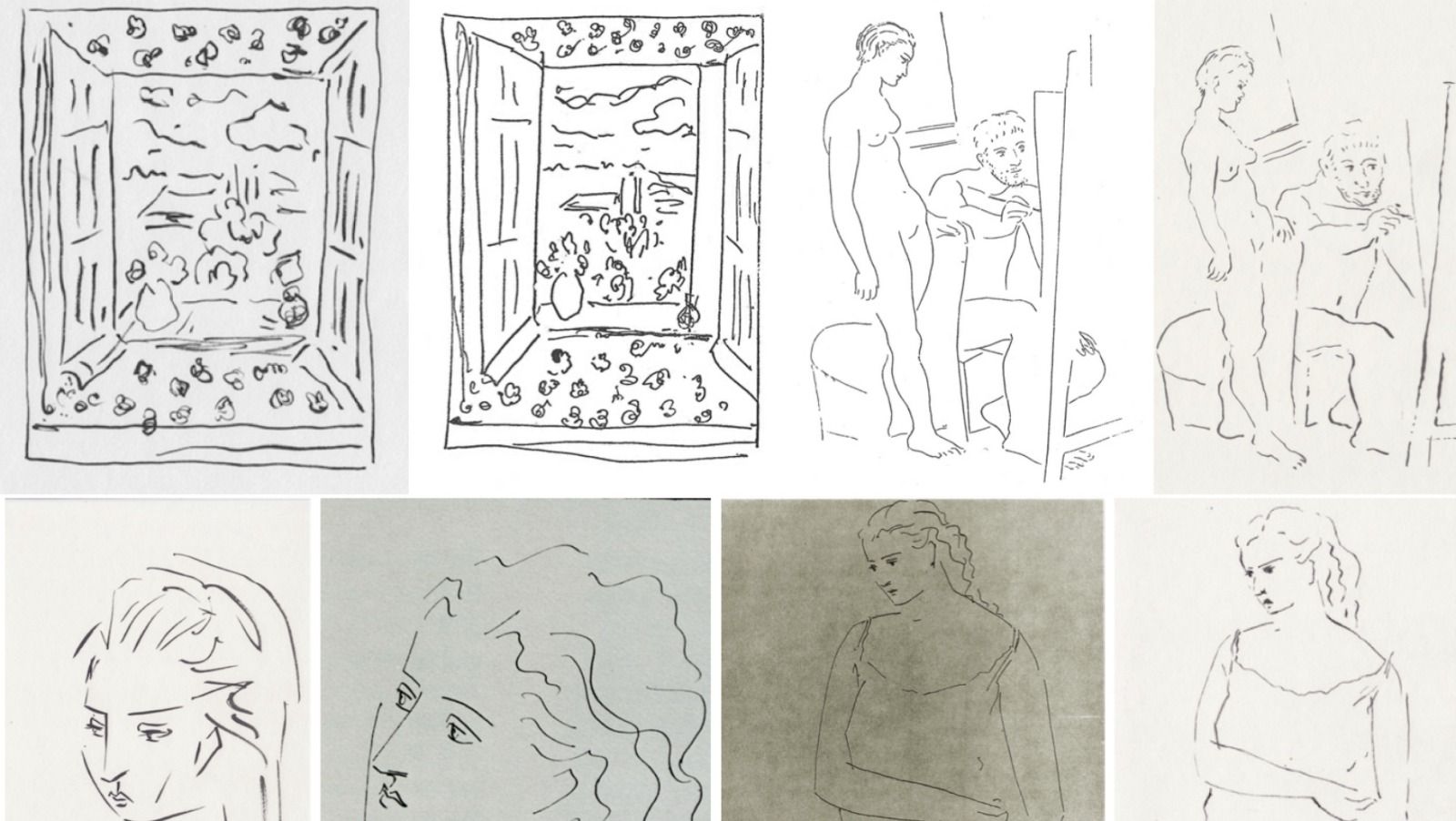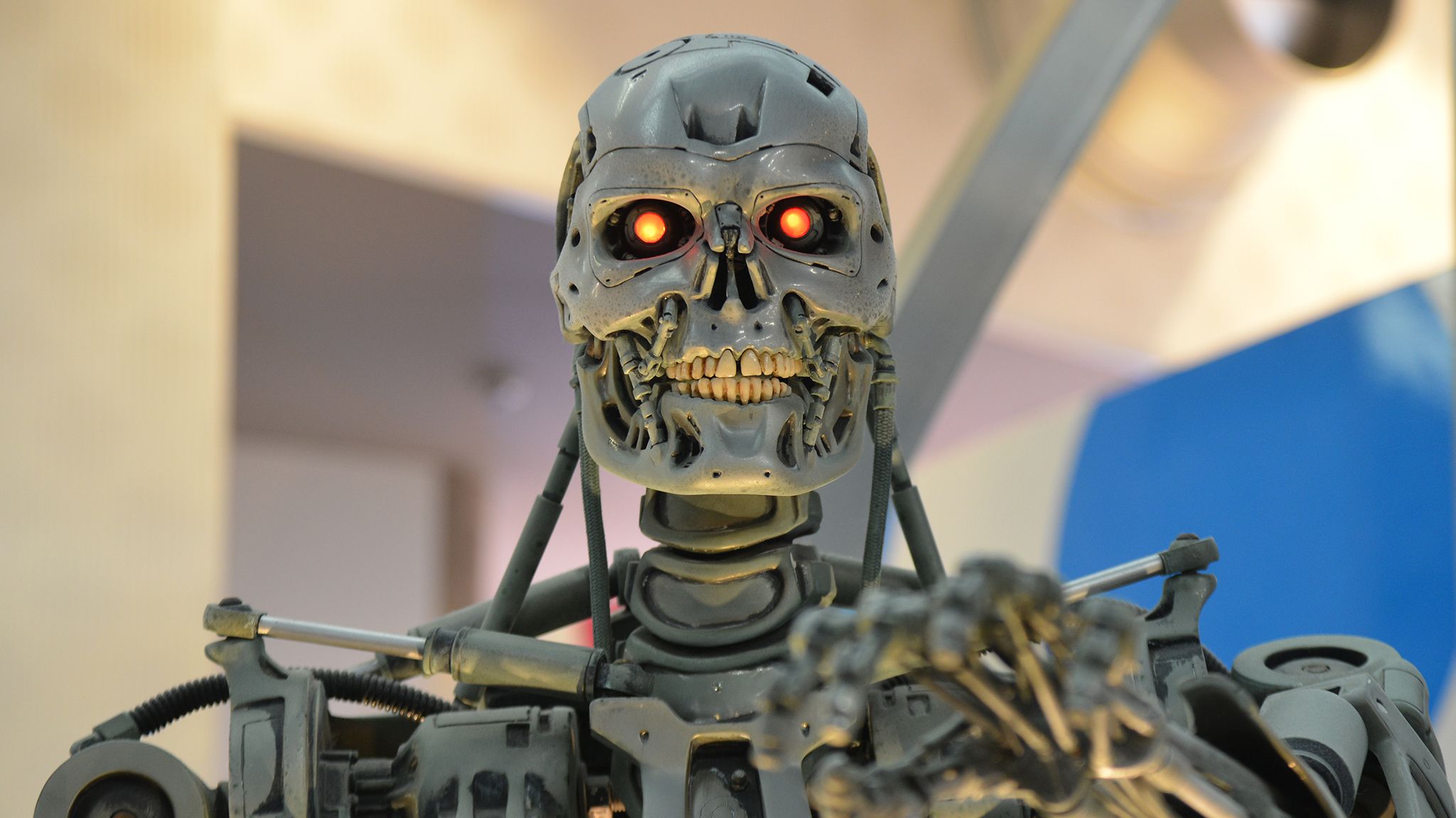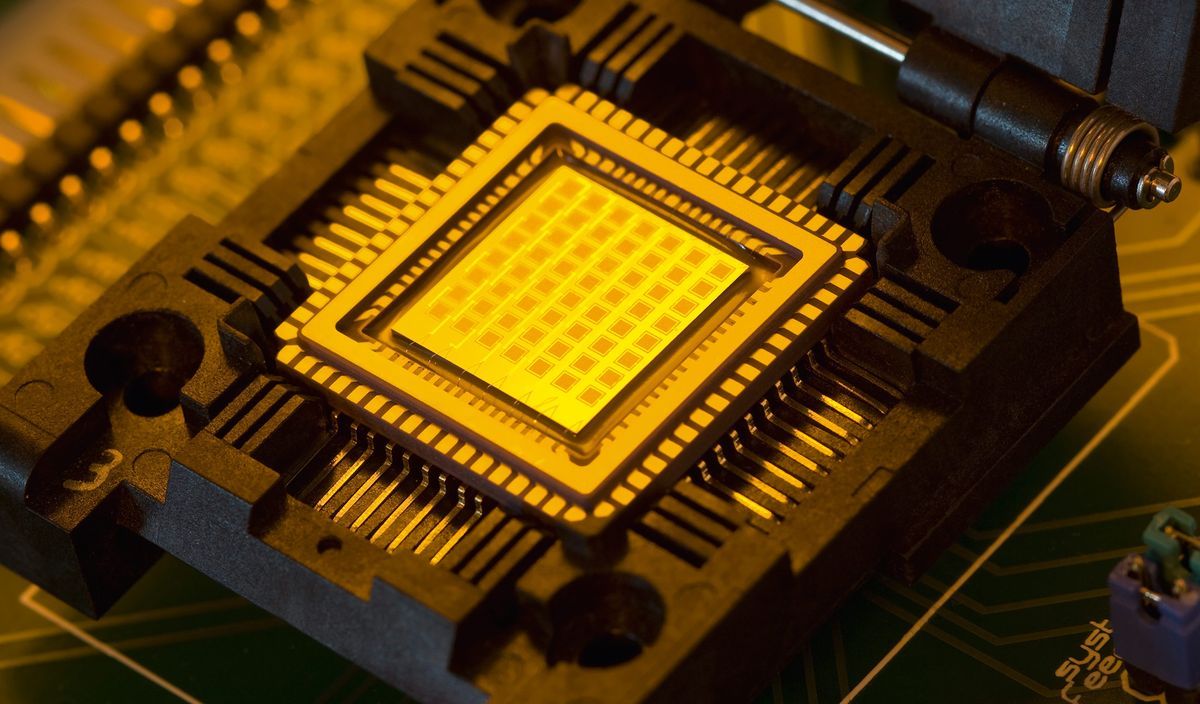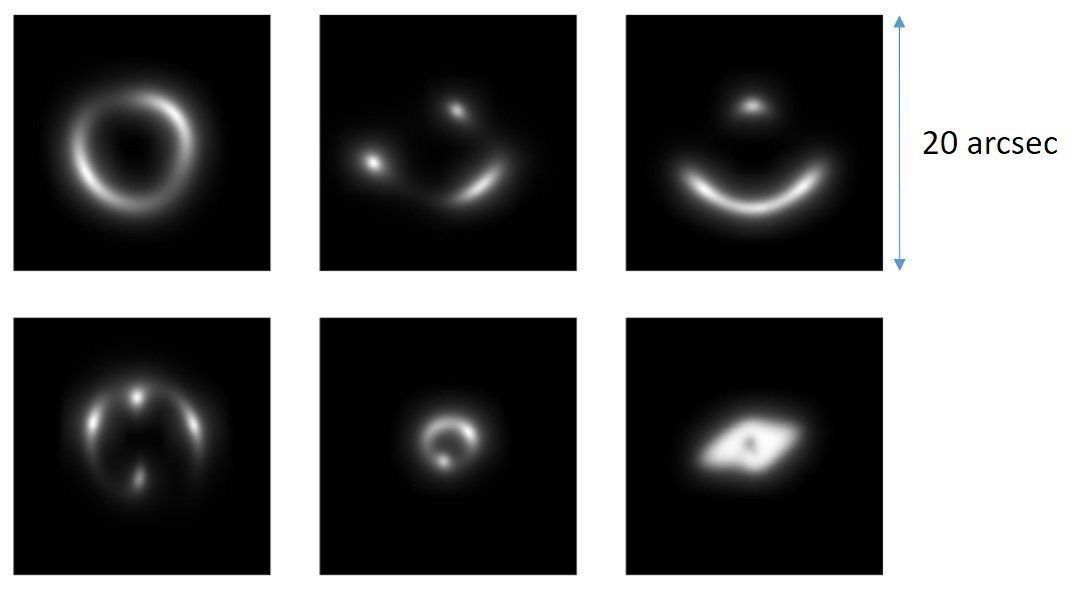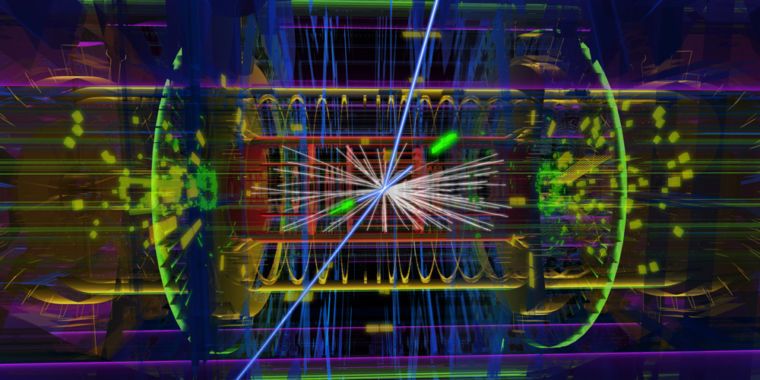Dec 13, 2017
India’s grasp on IT jobs is loosening up. Is artificial intelligence to blame?
Posted by Derick Lee in categories: business, employment, engineering, information science, robotics/AI
When Kumar lost his job, he became part of a wave of layoffs washing through the Indian IT industry—a term that includes, in its vastness, call centers, engineering services, business process outsourcing firms, and infrastructure management and software companies. The recent layoffs are part of the industry’s most significant period of churn since it began to boom two decades ago. Companies don’t necessarily attribute these layoffs directly to automation, but at the same time, they constantly identify automation as the spark for huge changes in the industry. Bots, machine learning, and algorithms that robotically execute processes are rendering old skills redundant, recasting the idea of work and making a smaller labor force seem likely.
Technology outsourcing has been India’s only reliable job creator in the past 30 years. Now artificial intelligence threatens to wipe out those gains.

